It is not an easy job trying to encapsulate a country’s culture in one museum space. To show, in a handful of galleries and exhibitions, samples of art that display not just primary examples of the country’s rich history but also new and dynamic art that points the direction of where the country is going— it is a herculean feat. It is, simply put, impossible.
But the Japan Society comes pretty damn close.
The Japan Society was formally founded in 1907 to promote harmony and collaboration between the United States and Japan. Under the leadership of John D. Rockefeller starting in the 1950s the society expanded and moved into its current home at 333 East 47th Street in 1971, in a building designed by Junzo Yoshimura. Today they remain committed to fostering an appreciation for Japanese culture and conversations between citizens of the United States and Japan.
The Japan Society has two main exhibitions currently on display and the first one I saw was Bunraku Backstage, a look inside the intricate art behind the traditional Japanese puppet theatre called Bunraku. Its origins can be traced back to 17th century Osaka and it is still performed today.
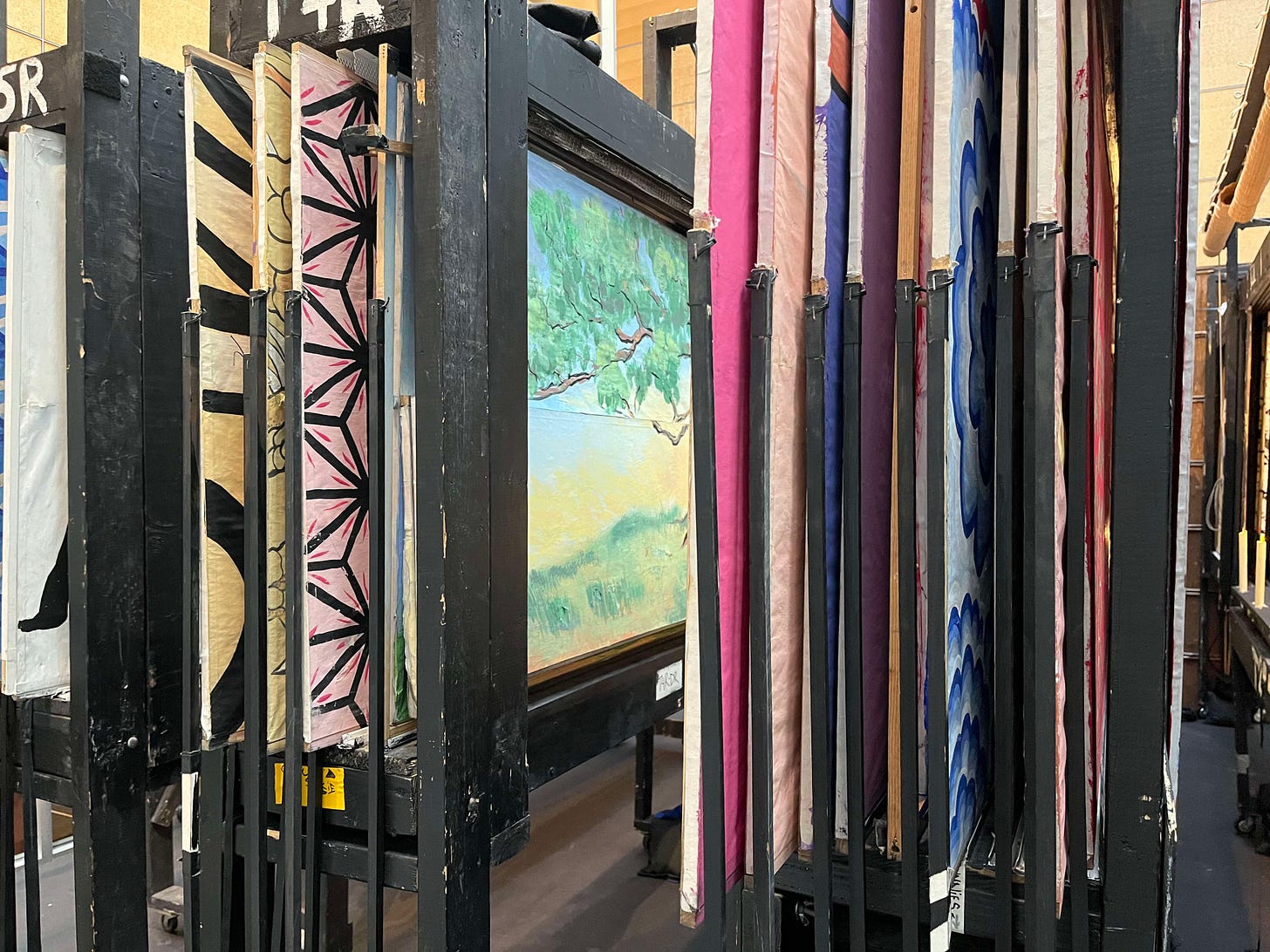
The poster above and the puppet below both came from a 2011 production of Sonezaki Shinjū, a Bunraku play dating back to 1703 about a pair of forbidden lovers who, with no way to be together but not being able to stand the idea of being apart, commit ritual suicide together.
The main room of the exhibit displayed all of the many intricate elements that go into a Bunraku puppet and its performance.
The above is a bookstand or kendai, which supports the libretto that the narrator(or tayū) reads from during the performance. The stands belong to the individual performers, who carefully select one whose laquerware motifs harmonize with the themes of the story being performed. The below shows the method of carving a puppet’s head out of a solid block of wood.
The last room of the Bunraku exhibition was on the multimedia installation Invisible Hands by Tamura Yūicho, which examines the effect of global political forces on local industries— in this case specifically the effects of the 1985 Plaza Accord on the Aichi prefecture’s ceramics export industry.
The installation features ceramic portraits of the finance ministers of the Plaza Accords in the style of Bunraku Puppets and three videos of black-clad figures(as Bunraku puppeteers traditionally would be) representing Karl Marx, Adam Smith, and John Maynard Keyes, debating the economic state of the world today.
The other main exhibition on display was Acky Bright: Studio Infinity, a retrospective on the contemporary artist Acky Bright and his work.
Acky Bright is a Japanese manga artist, illustrator and character designer who has taken up a residence at the Japan Society to create one of his signature large-scale live drawings. Over the course of several weeks he is filling up this approx 100 sqaure ft box with illustrations and designs in his own style. I was so glad I got to be there while he was on shift and I got to watch him work for awhile!
One thing that I recognized Acky Bright’s work from was McDonalds’ “WcDonalds” ad campaign from early 2024. It’s been a running theme/joke for anime set in the modern day to refer to a restaurant called “WcDonalds” in order to avoid any legal problems, but McDonalds became aware of this and chose to take advantage of it— they released limited edition merch, comics and advertisements that invited customers to live their lives as though they were in their favorite anime, with the branded chain restaurant to match. All of the character designs were by Acky Bright, and the exhibition displayed some of his character sheets and pre-production work on the project.
The “ticket” for these exhibition was a trading card that Acky Bright had designed, out of a series of 20!
There was also a not-quite exhibition on the basement level— a wall featuring the artist LeSean Thomas(“a Bronx-born artist and one of the few Black americans working in the anime industry in Japan”) and his work on character design for the Netflix show Yasuke.
The Japan Society was an excpetionally cool museum, and exceptionally well put-together. With just two main exhibtions it manages to display traditional artwork that has been going on for hundreds of years and one of the hottest artists in the present day, and the two exhibitions don’t feel disjointed. It all feels like a celebration of storytelling and creating characters, and it feels culturally distinct and still completely united.
ADMISSION: $12.00
GIFT SHOP: Yes
BATHROOM: Yes
WHEELCHAIR ACCESSIBLE: Yes
Upcoming Museums:
Jan 17: Jamaica Center for Arts and Learning
Jan 25: The Jewish Museum
Feb 1: Jewish Theological Seminary Library Gallery
Feb 8: King Manor

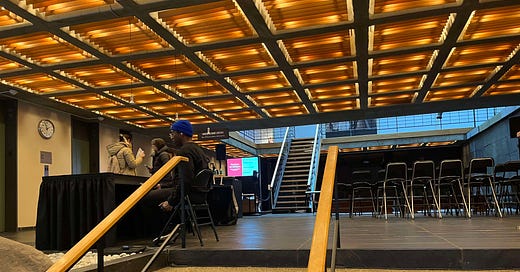



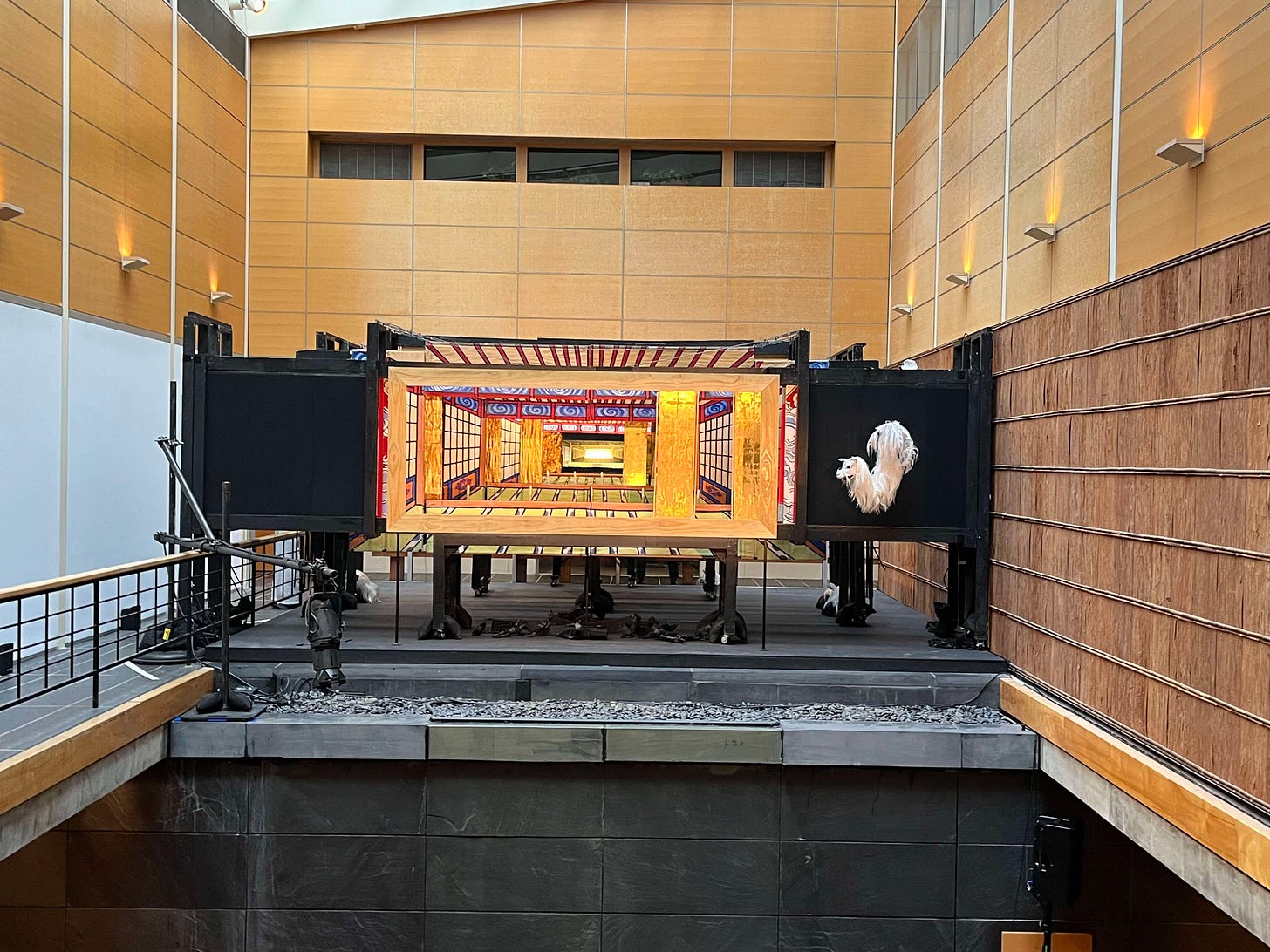
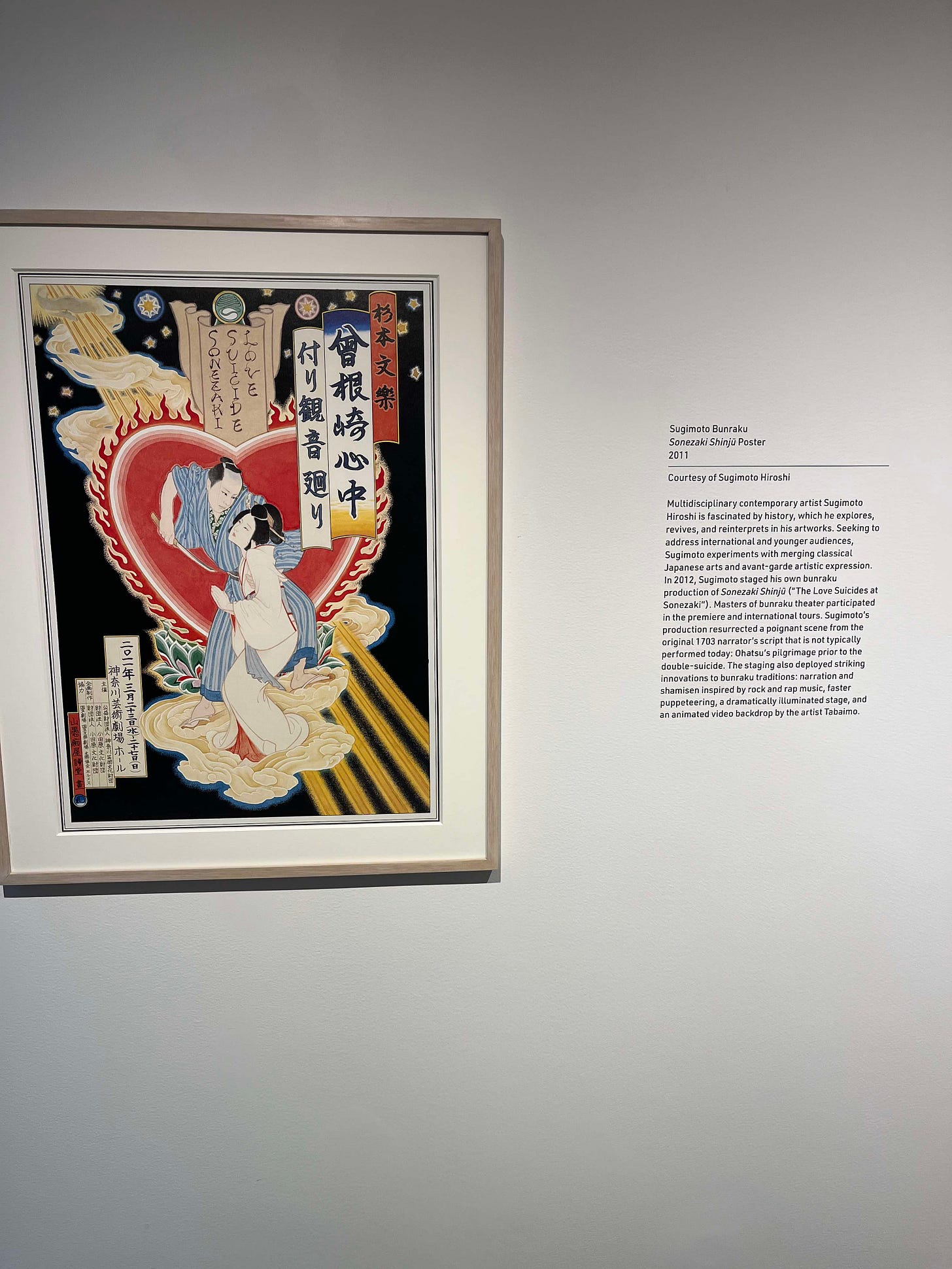
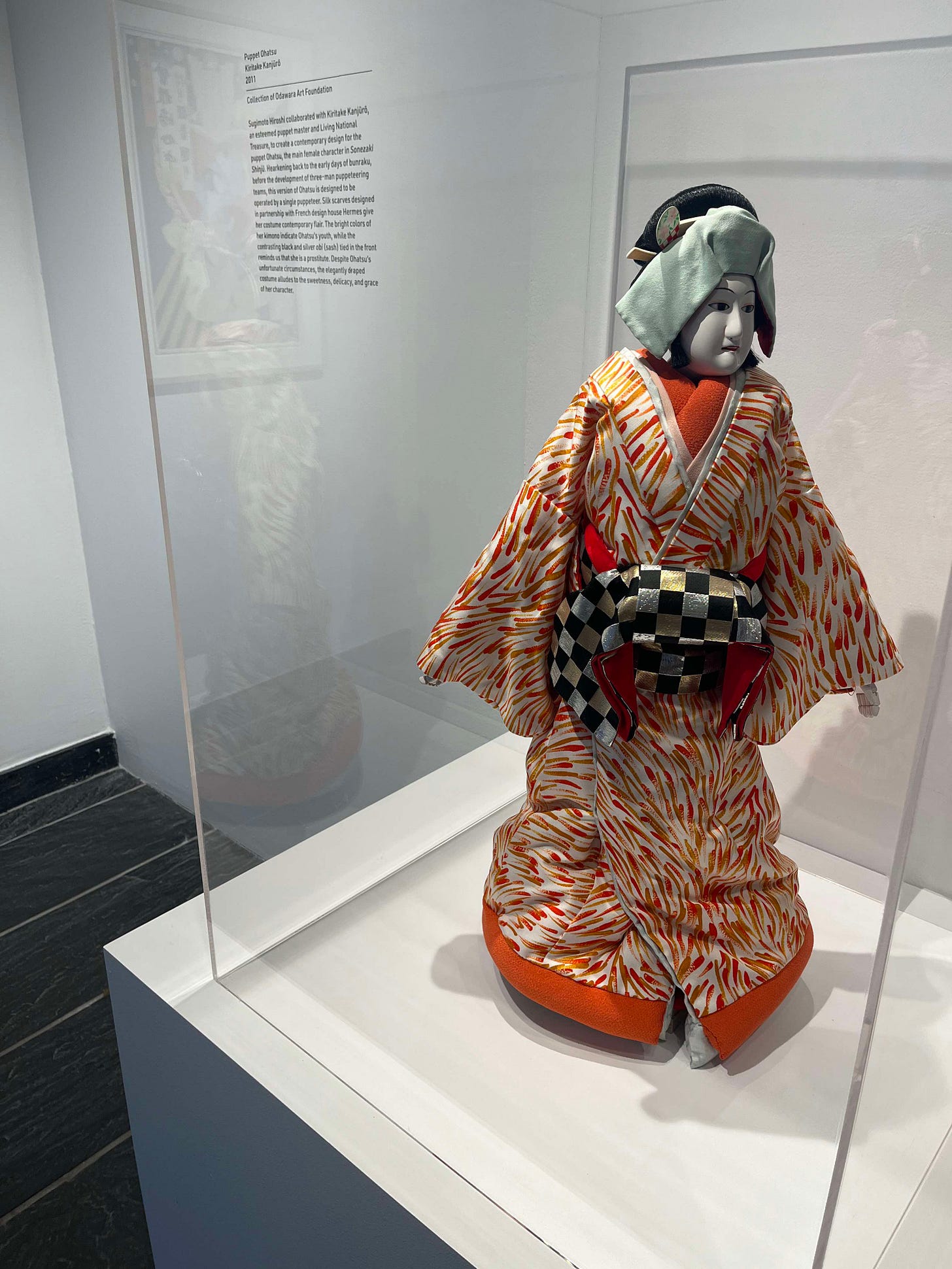
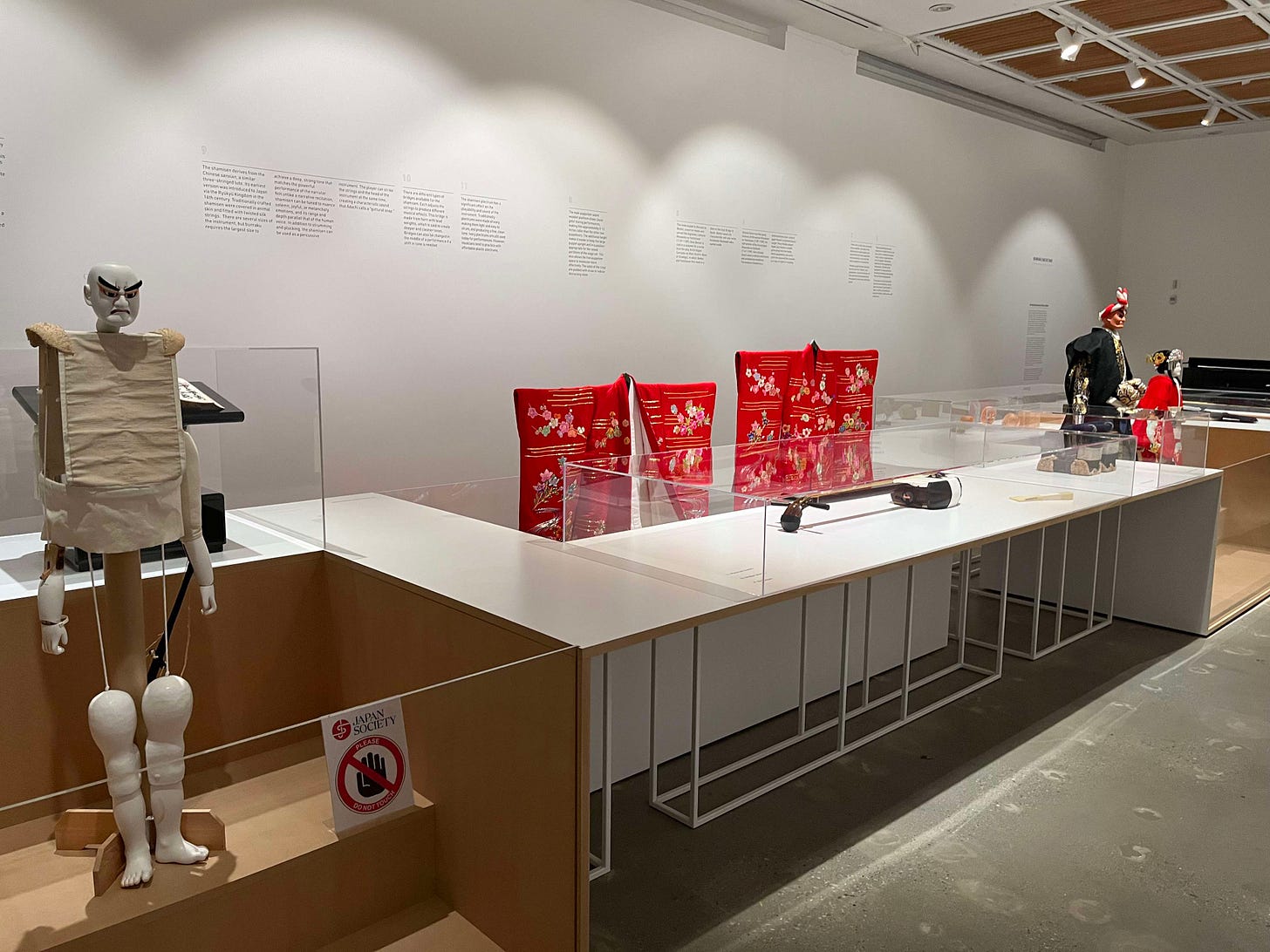
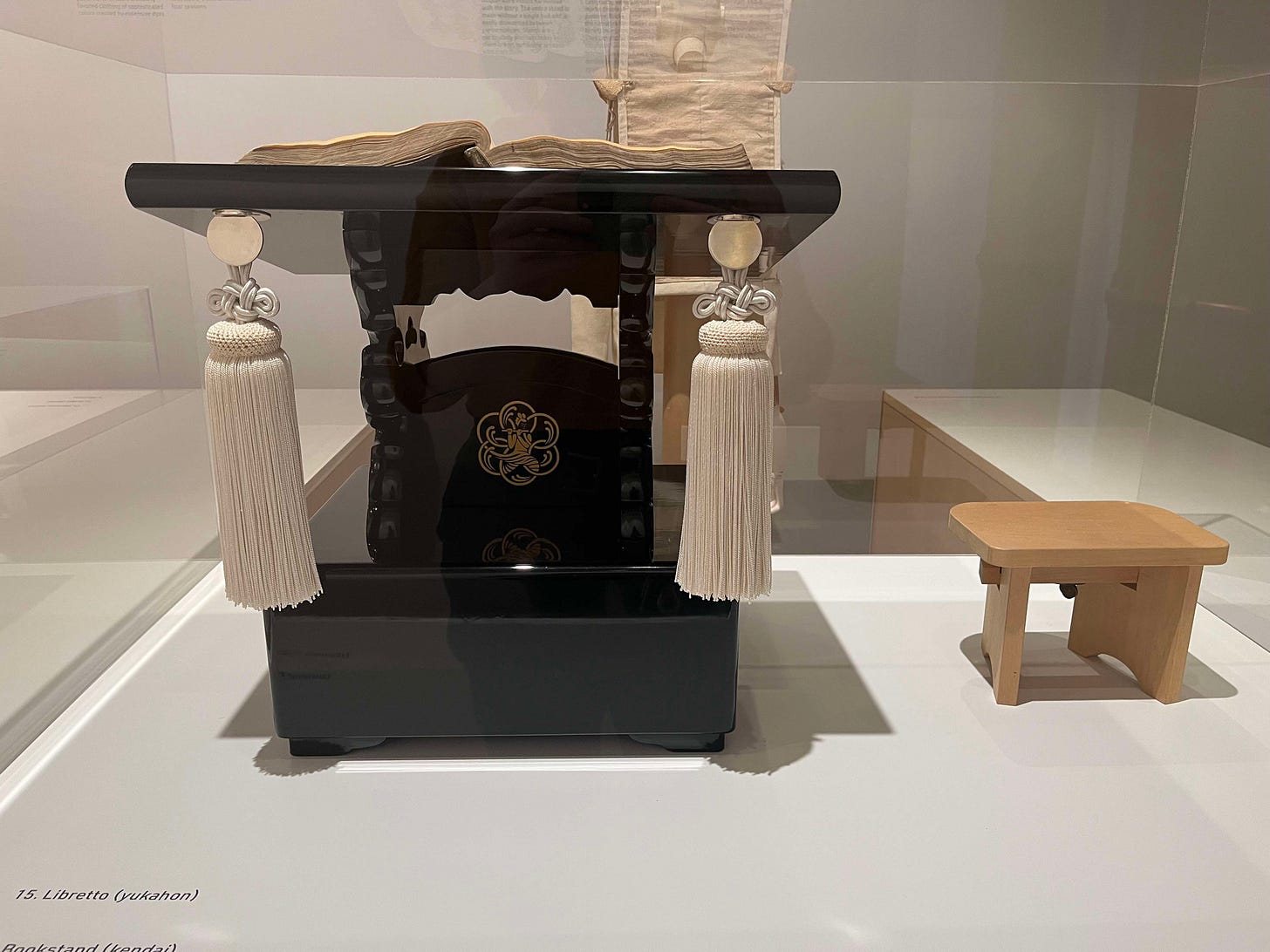
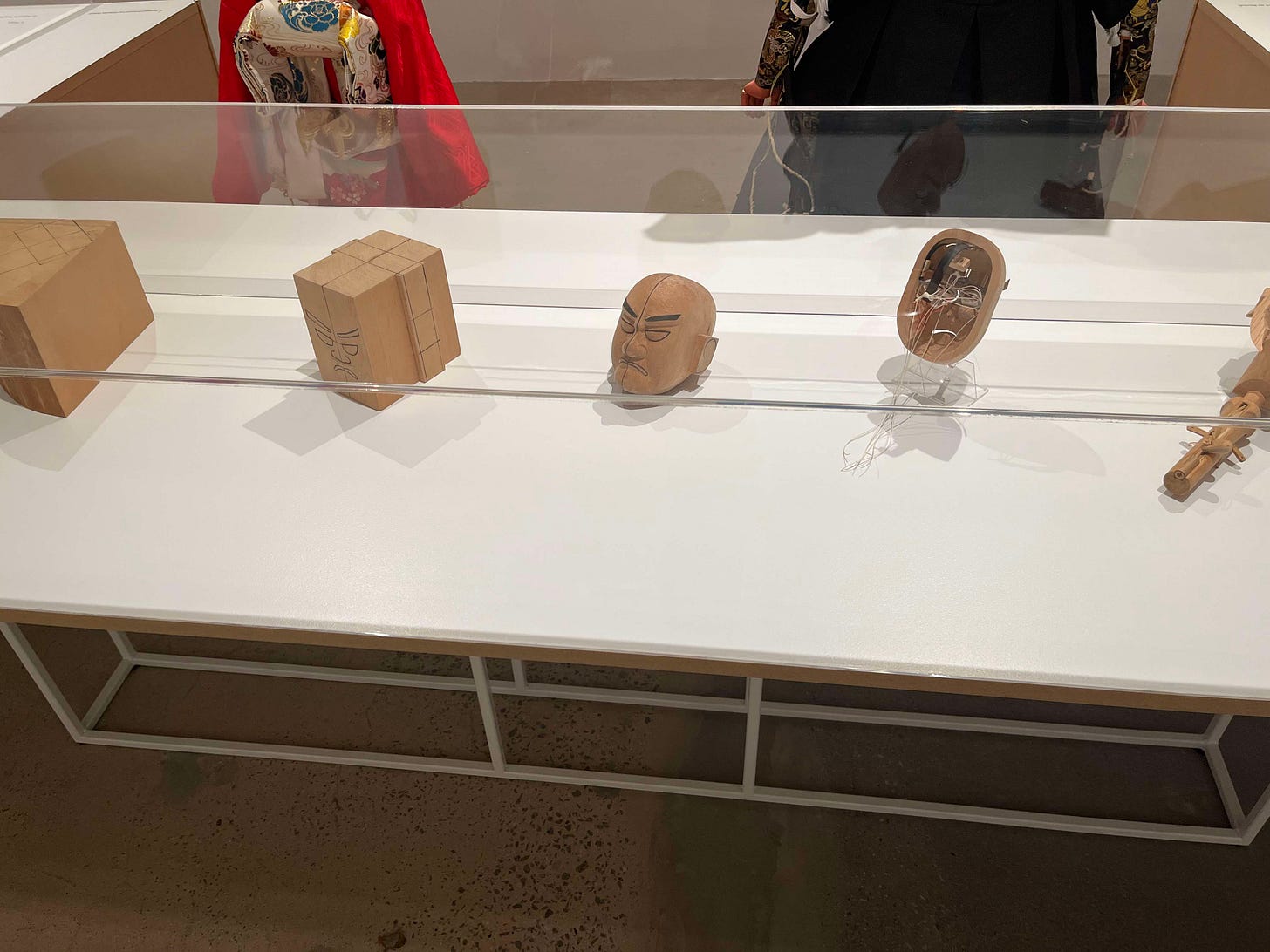
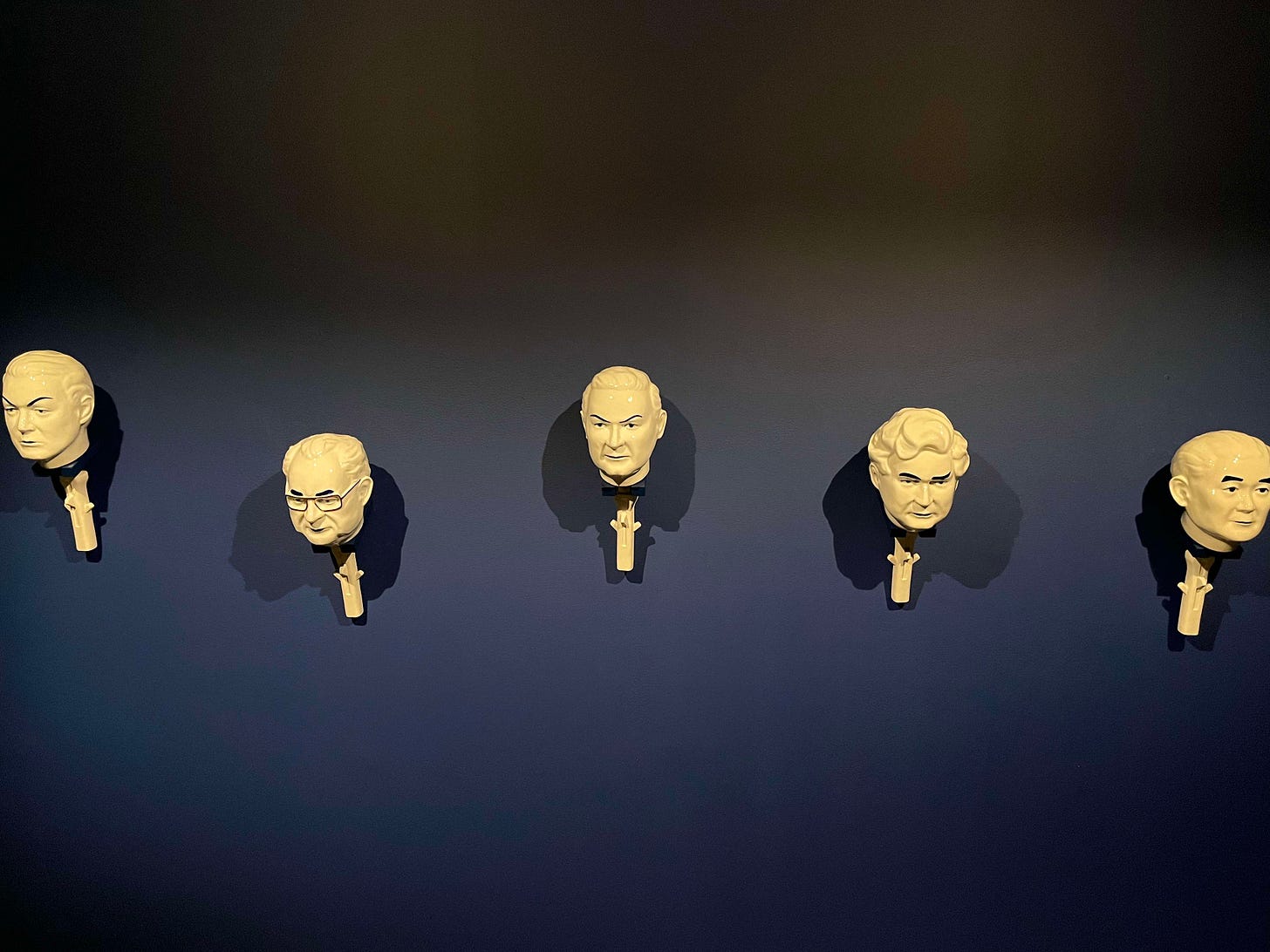
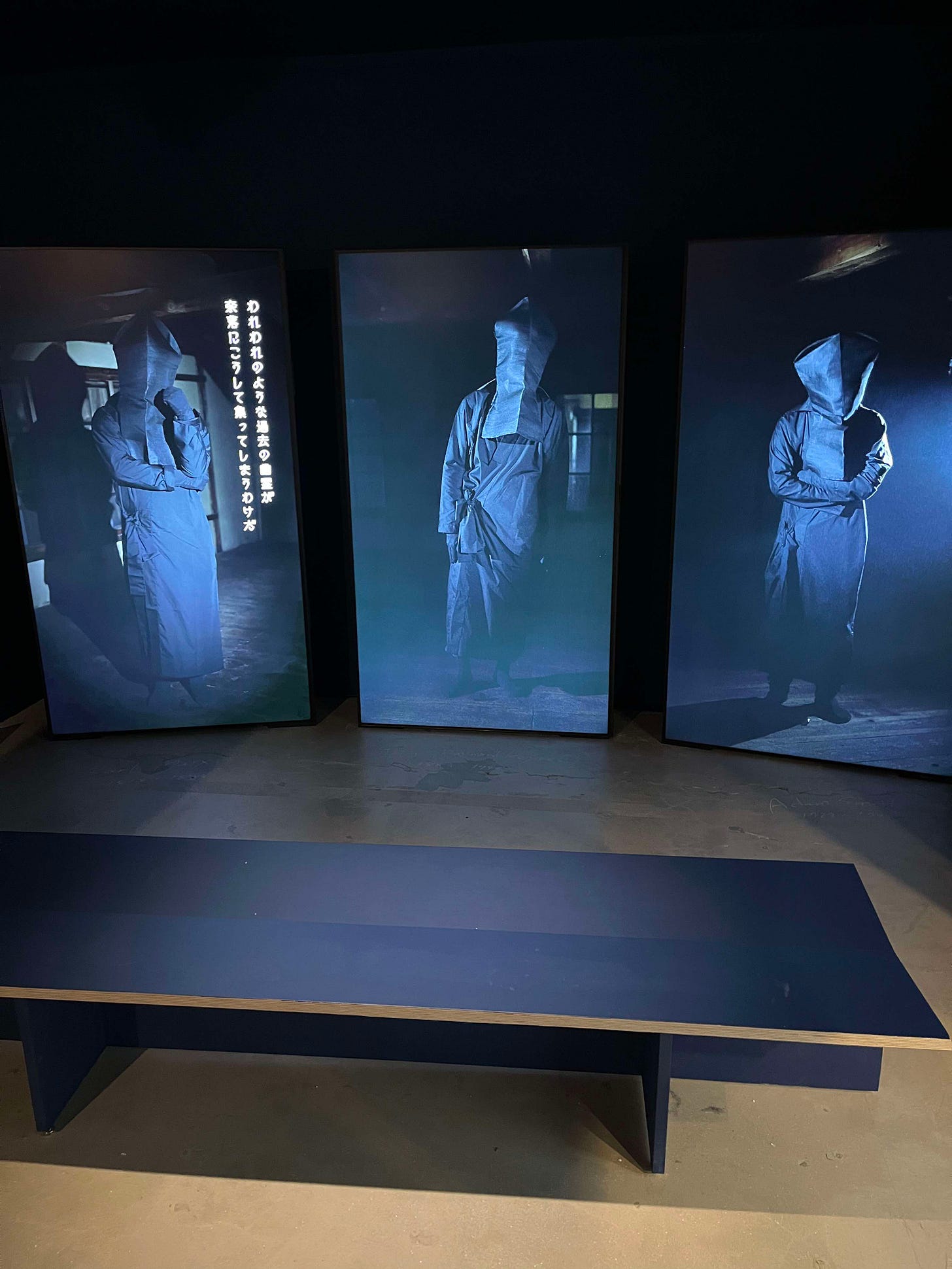
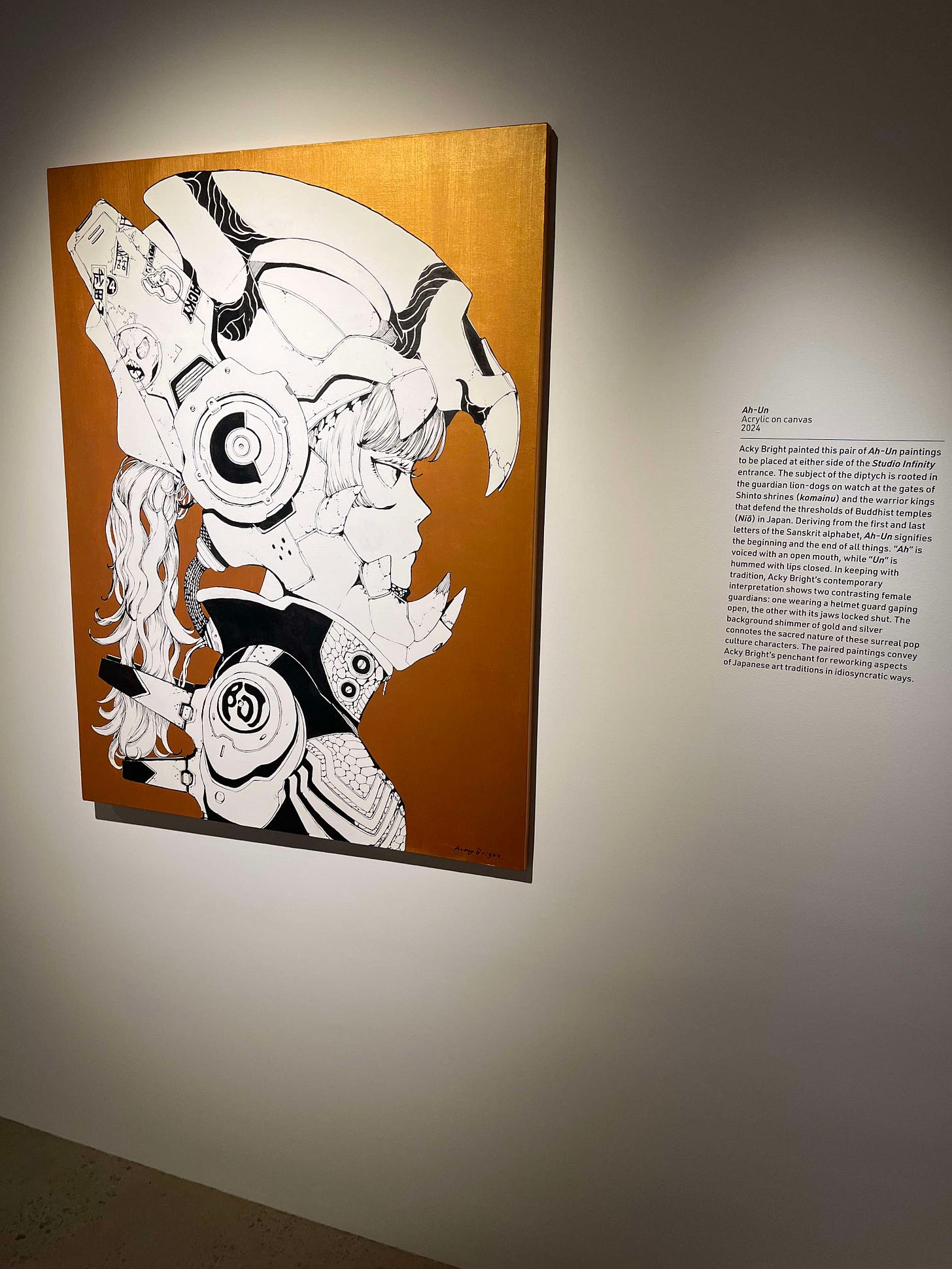
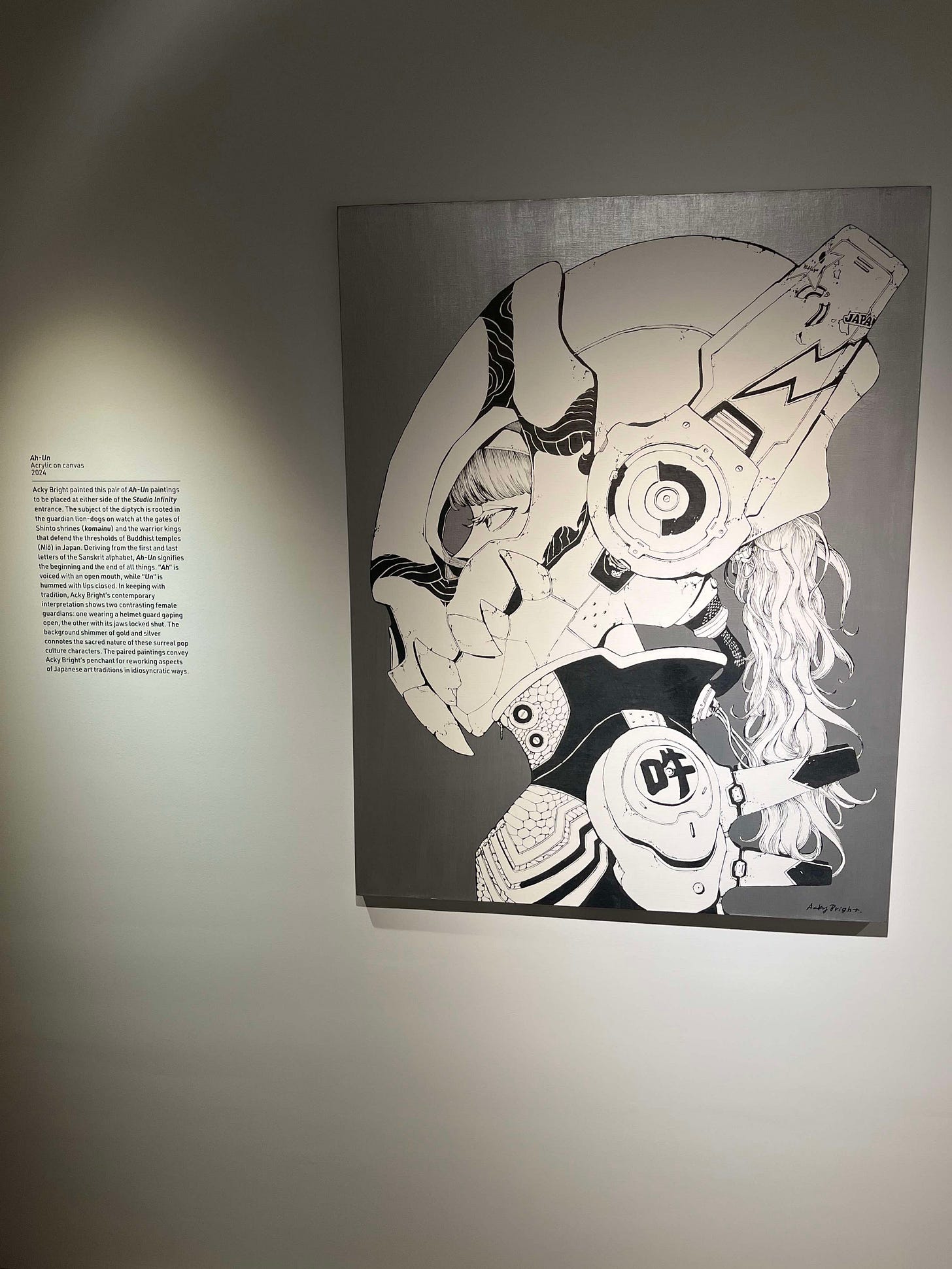
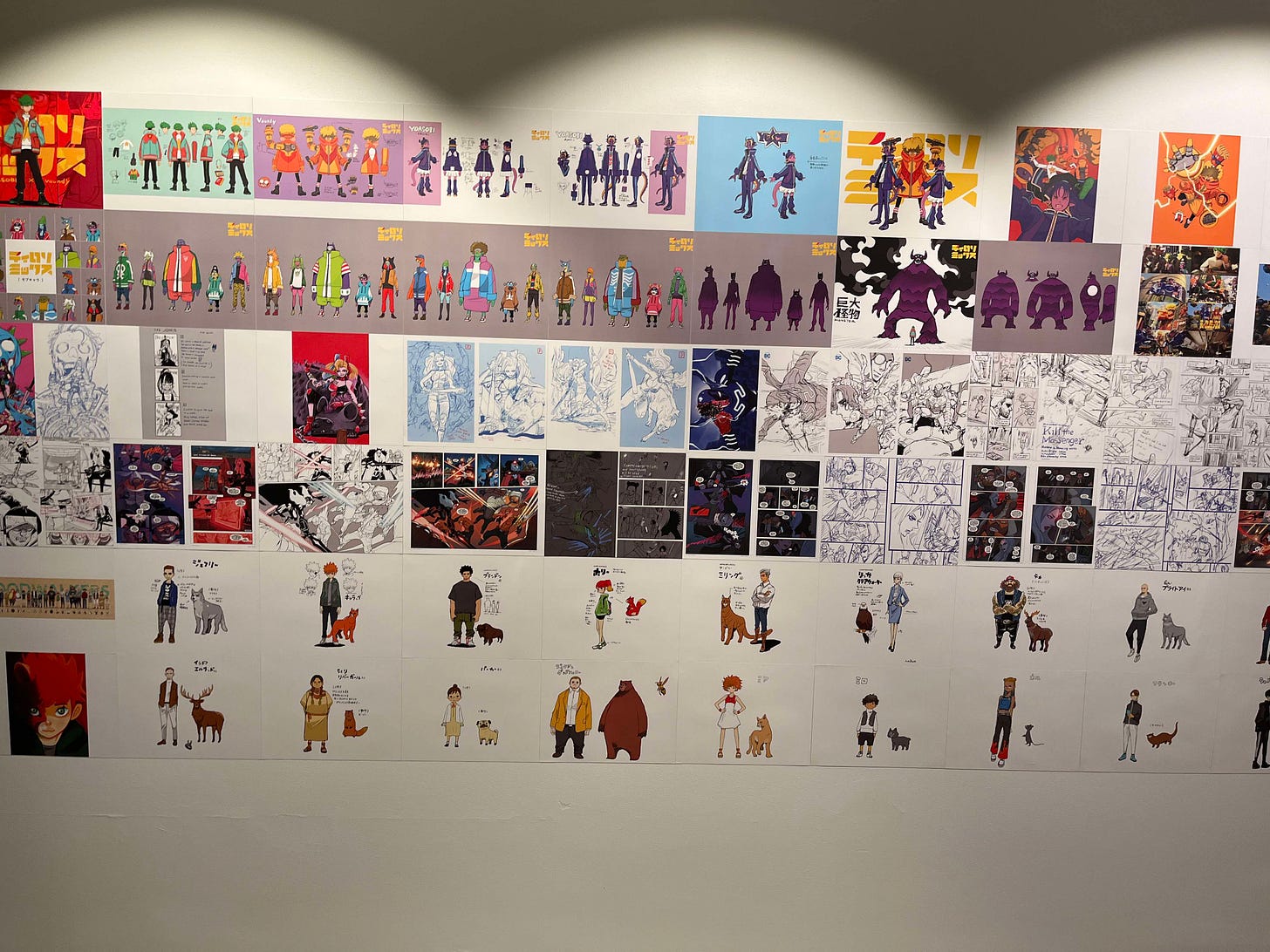

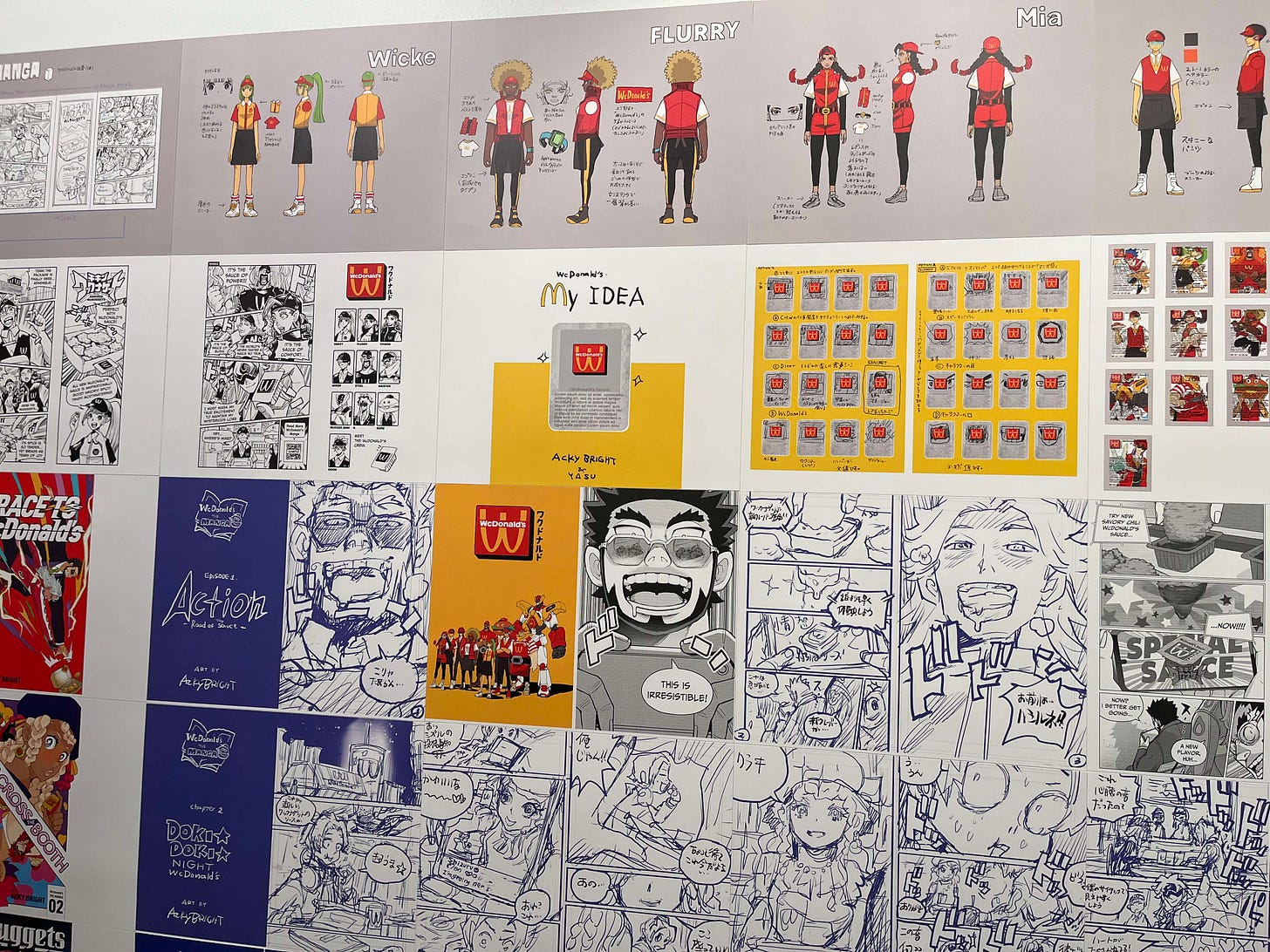
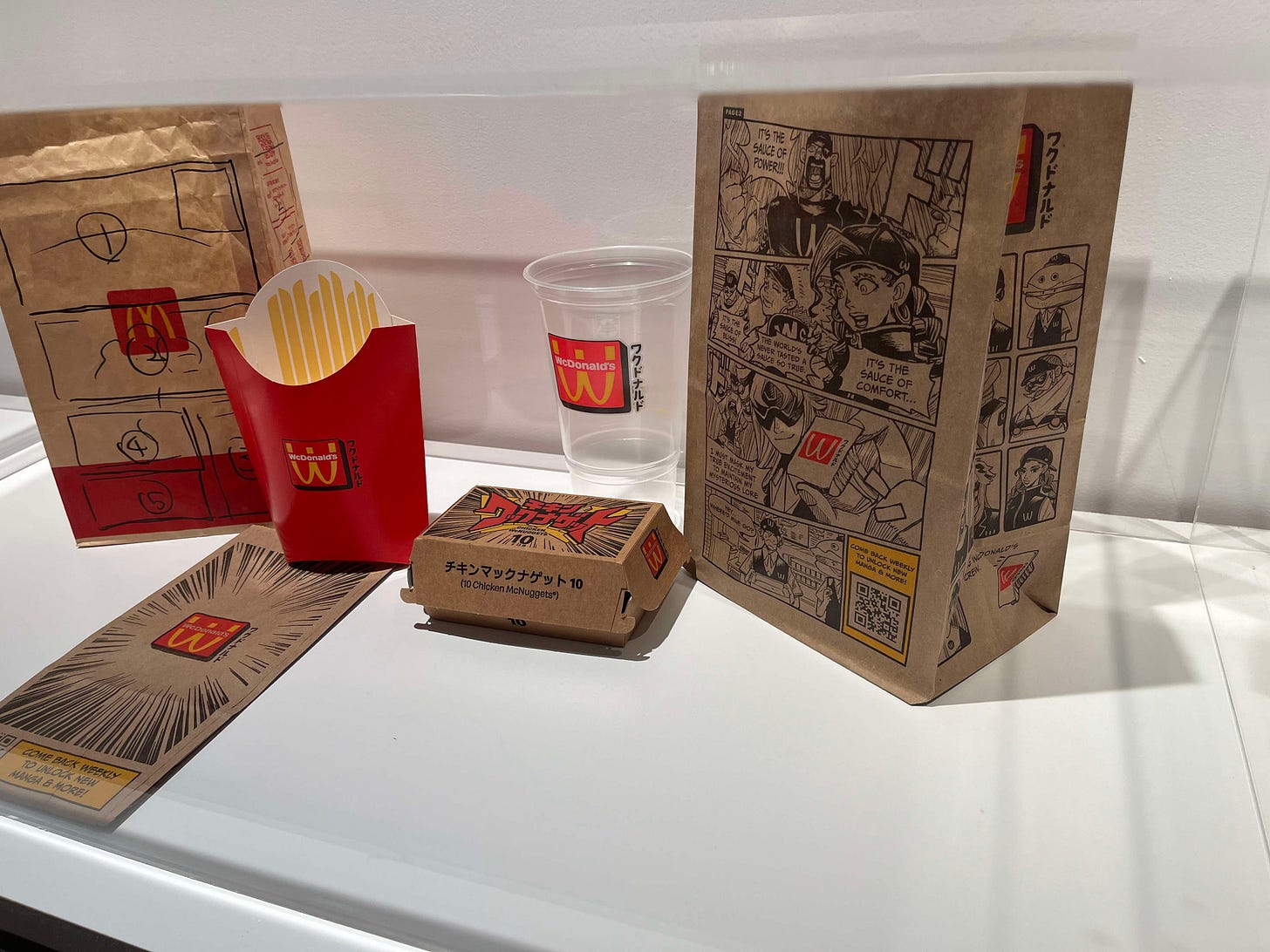
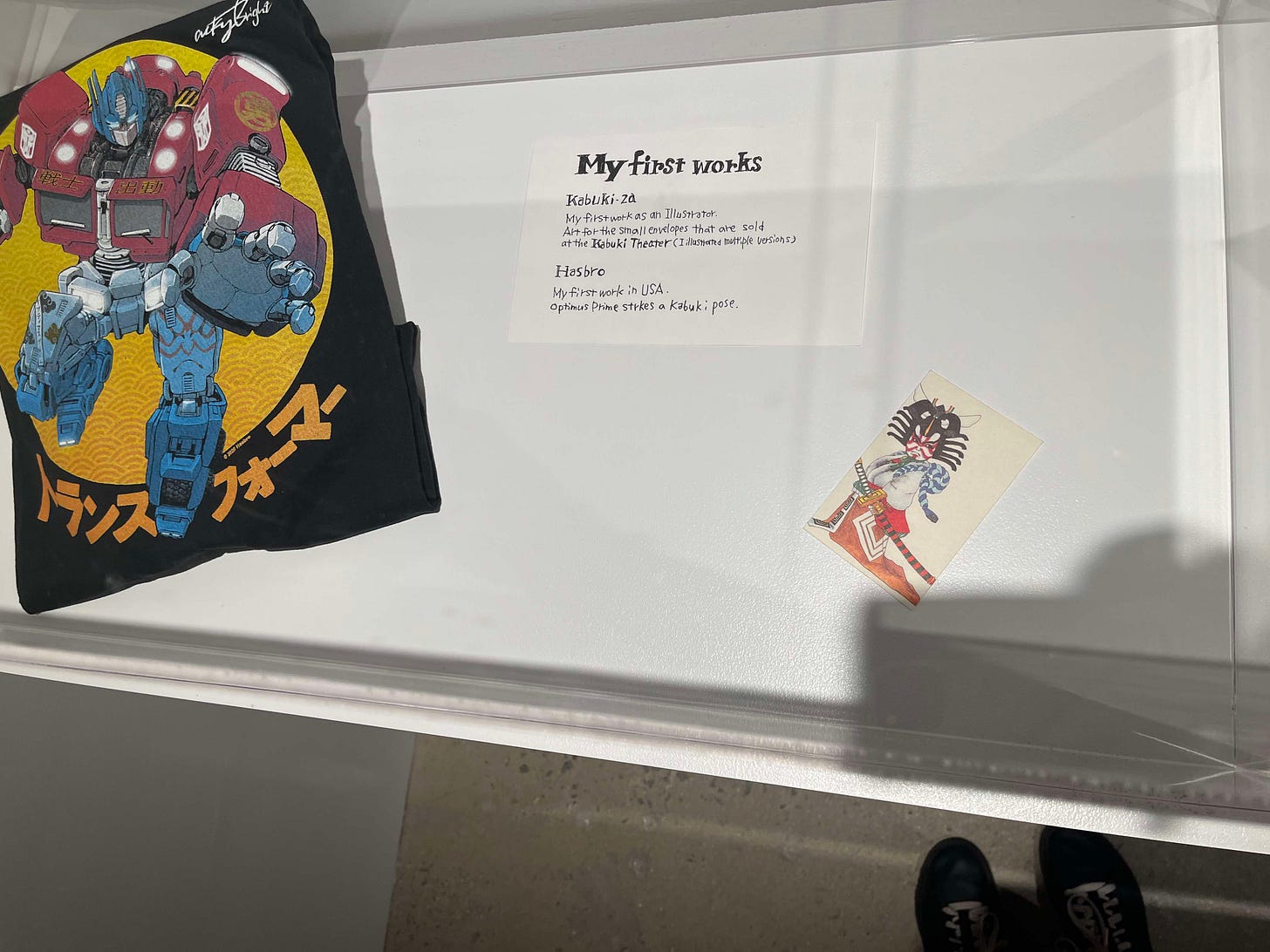

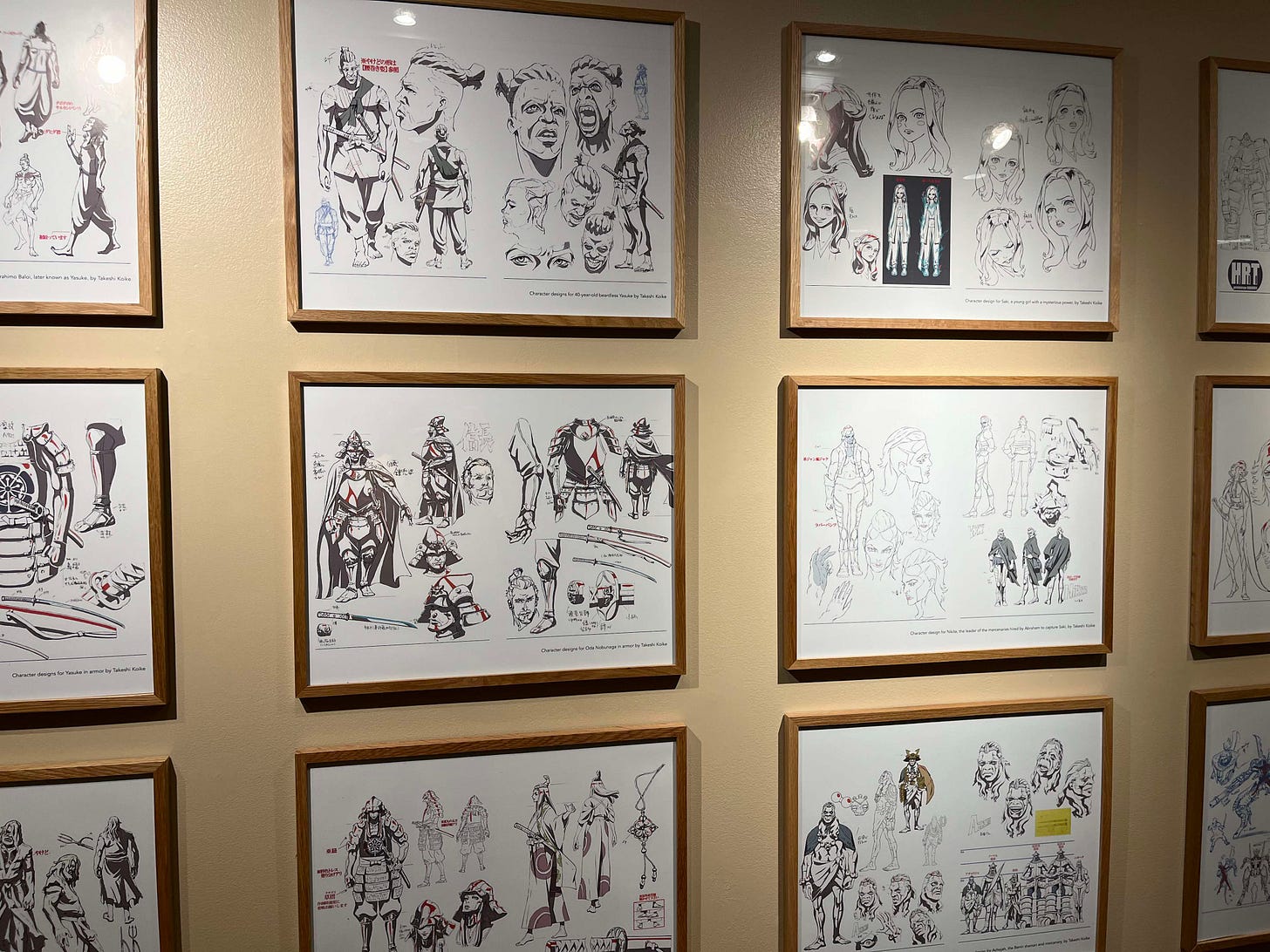
You saw one of the hottest artists in present day! Of course you did